Know about Slavic Gods of Europe
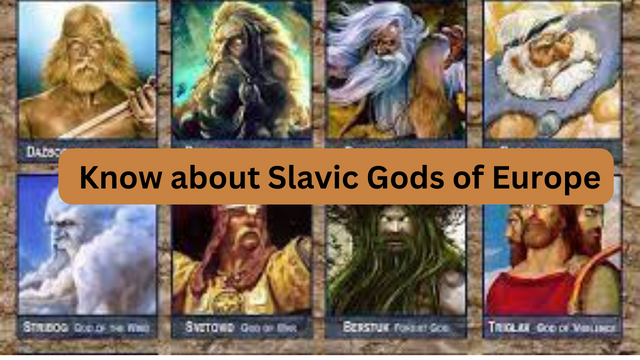
Slavic religion, beliefs, and practices of the ancient peoples of Eastern Europe. Slavs are commonly referred to as East Slavs – Russians, Ukrainians, and Belorussians, West Slavs – Poles, Czechs, Slovaks, and Lusatians, and South Slavs – Bosnians, Serbs, , Croats, Slovenes, Macedonians and Bulgars. In European Slavic mythology, the gods represented opposites like darkness and light, masculine and feminine, etc. Let’s see about Top 10 Slavic Gods.
God of Thunder – Perun
In Slavic mythology, Perun is the god of the sky and thunder and lightning. He is associated with the oak tree, and is a god of war; in some respects, he’s a lot like the Norse and Germanic Thor and Odin combined. Perun is heavily masculine and is representative of the most active parts of nature.
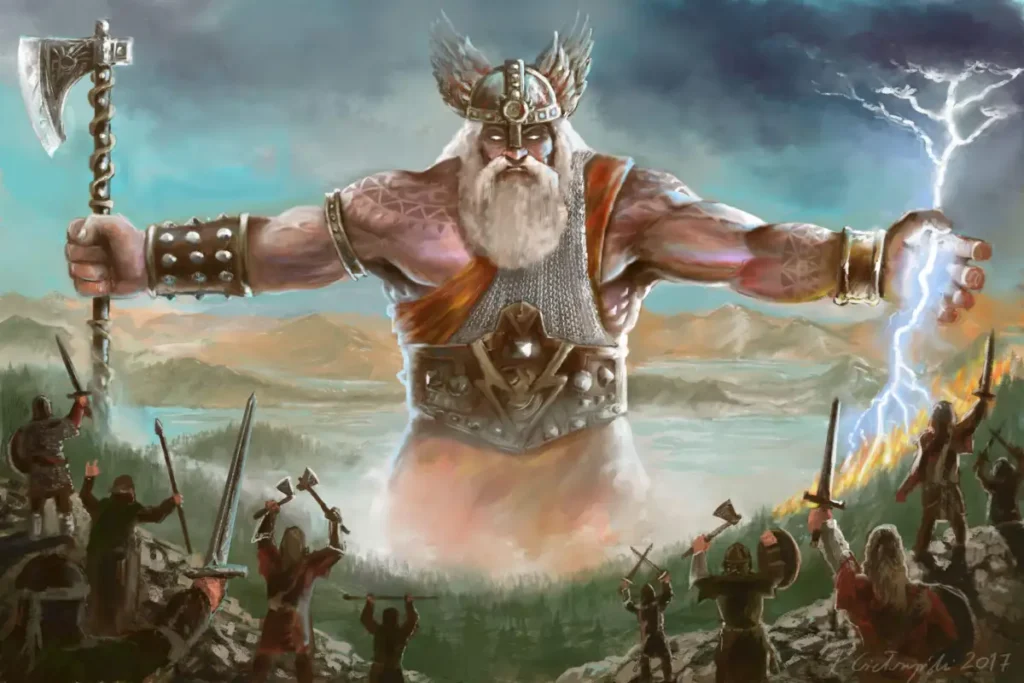
God of Fortune – Dzbog
Dzbog, or Daždbog, is associated with both fire and rain. He gives life to the crops in the fields, and symbolizes bounty and abundance; his name translates to the giving god. Dzbog is the patron of the hearth fire, and offerings were made to him so that the fires would keep burning through the cold winter months.
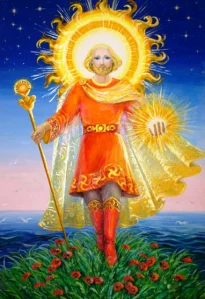
The Shapeshifter – Veles
Like Dzbog, Veles the shapeshifting god is found in the mythology of nearly all Slavic tribes. He is an arch-enemy of Perun and is responsible for storms. Veles often takes the form of a serpent and slithers up the sacred tree toward Perun’s domain. He is also considered a trickster deity, like Loki in the Norse pantheon, and is connected with magic, shamanism, and sorcery.
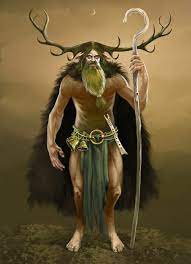
Fire God – Svarog
The father of Dzbog, Svarog is a solar god and is often paralleled with the Greek Hephaestus. Svarog is associated with Smithcraft and the forge. Perhaps most importantly, he is a powerful god who is given credit for creating the world.
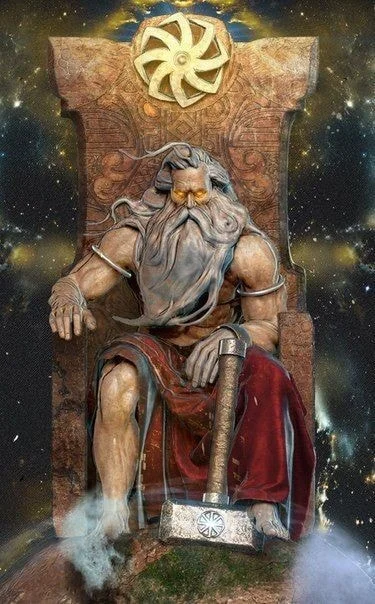
God of Light and Darkness – Belobog and Czernobog
Belobog, the god of light, and Czernobog, the god of darkness, are essentially two aspects of the same being. Belobog’s name means white god, and experts are divided on whether he was worshiped individually, or merely in tandem with Czernobog. Czernobog, whose name translates to black god, was a dark and possibly cursed deity who was associated with death, misfortune, and overall calamity. In some legends, he appears as a demon and symbolizes all things evil.

Fertility Goddess – Mokosh
Another mother goddess figure, Mokosh is a protector of women. She watches over them in childbirth and is associated with domestic duties such as spinning, weaving, and cooking. She is sometimes portrayed holding a penis in each hand because as the goddess of fertility, she is the overseer of male potency — or the lack thereof.
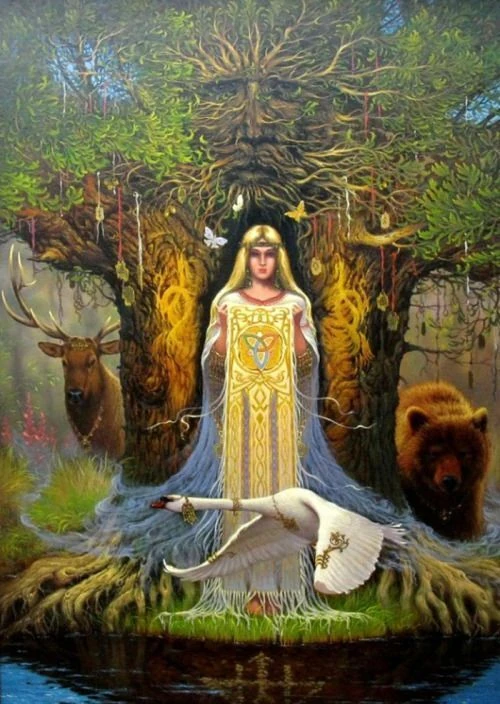
Goddess of Dusk and Dawn – Zorya
Representing both the Morning Star and the Evening One, Zorya is, like other Slavic gods, found with two or sometimes three different aspects. She is the one who opens the gates of heaven every morning. As Zorya Utrennjaja, so that the sun can rise. In the evening, as Zorya Vechernjaja, she closes them again so dusk will take place. At midnight, she dies with the sun, and in the morning, she is reborn and awakens once more.
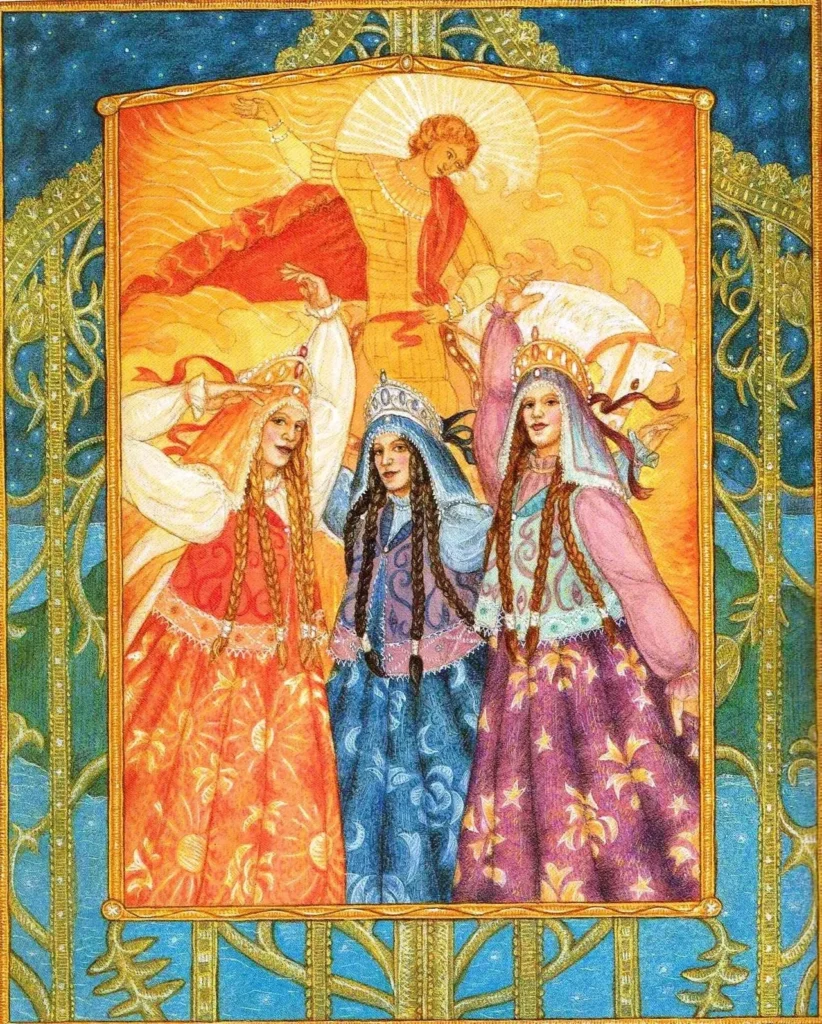
Goddess of Love and Beauty – Lada
Lada is a spring goddess of beauty and love in Slavic mythology. She is a patron of weddings and is often called upon to bless a newly married couple, along with her twin brother Lado. She is believed to hold a role as a mother goddess among some Slavic groups. In others, Lada is simply referred to as a great goddess.
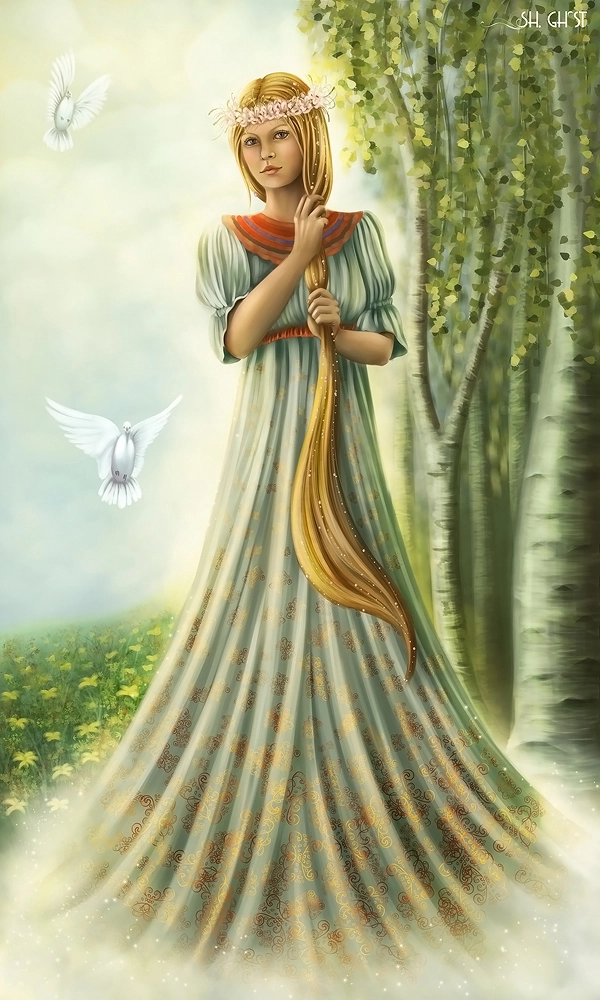
Goddess of Winter and Death – Marzanna
Marzanna is the deity associated with the death and dying of the earth as winter moves in. As the soil goes cold and the crops die, Marzanna dies as well, only to be reborn in the spring as Lada.,Marzanna is represented as an effigy, which is typically burned or drowned as part of the cycle of life, death, and eventual rebirth.
